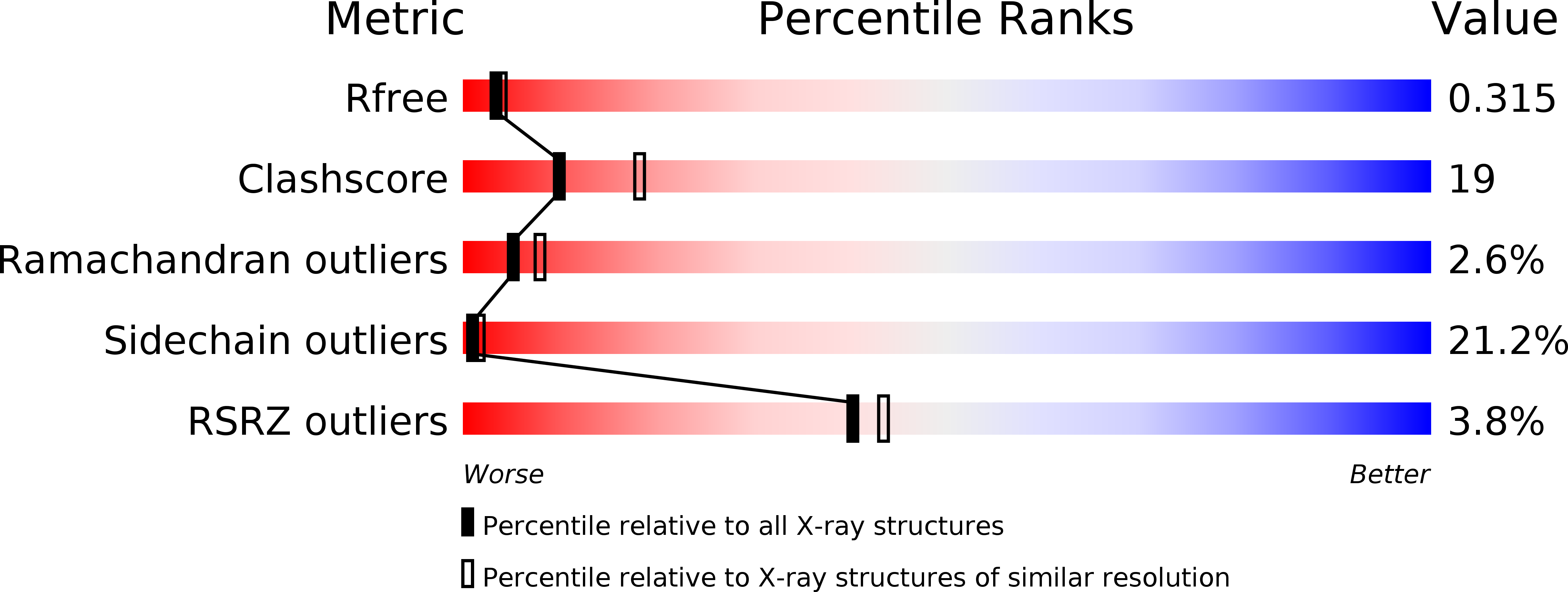
Deposition Date
2003-12-18
Release Date
2004-03-02
Last Version Date
2024-11-20
Entry Detail
PDB ID:
1V7M
Keywords:
Title:
Human Thrombopoietin Functional Domain Complexed To Neutralizing Antibody TN1 Fab
Biological Source:
Source Organism:
Mus musculus (Taxon ID: 10090)
Homo sapiens (Taxon ID: 9606)
Homo sapiens (Taxon ID: 9606)
Host Organism:
Method Details:
Experimental Method:
Resolution:
2.51 Å
R-Value Free:
0.31
R-Value Work:
0.22
R-Value Observed:
0.23
Space Group:
C 1 2 1


